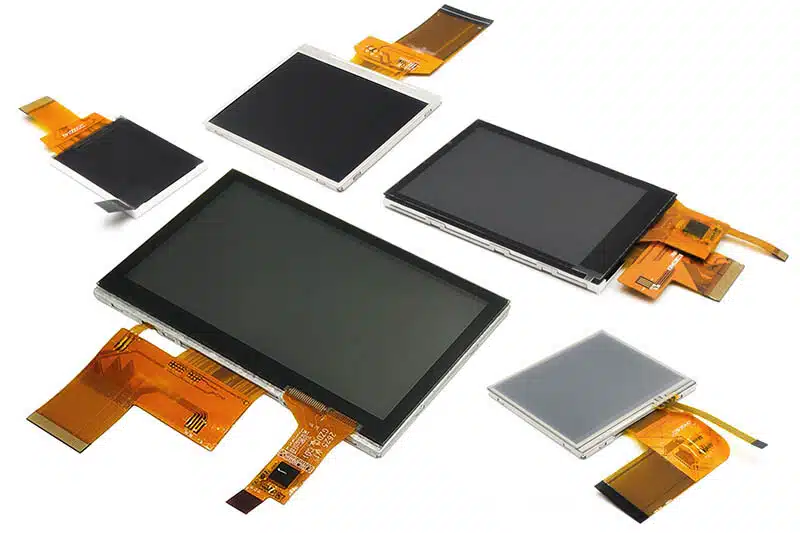
As a full-service supplier for control units, we now also offer TFT displays with advanced In-Plane Switching (IPS) technology. These displays are characterized by their large viewing angles, high contrast and optimal color representation. We offer the compact displays in a range of sizes from 0,96" to 10.1" and have significantly expanded and updated our product range.
Optionally, the displays can be equipped with capacitive touch technology to enable multi-touch applications. Control is possible via an SPI or classic RGB interface. The working temperature range is -20°C to +70°C, which also qualifies you for demanding applications in the industrial environment. With a service life of at least 30.000 operating hours, we guarantee you a long-term solution.
An updated overview is available in our product area Optoelectronics >>
Or as Product overview for download (.pdf) >>
We not only offer individual components, but also the complete production of HMI solutions. This includes housing, input keyboards, cable assemblies and evaluation electronics. With our full-service offering, we can offer our customers tailor-made solutions and cover the entire production chain.
About the IPS technology
IPS technology (in-plane switching) is similar in structure and function to TN technology and is based on a liquid crystal layer between two polarization filters.
In contrast to the TN technique, where the electrodes are rotated 90 degrees (TN= twisted nematic), the electrodes in the IPS technique are parallel to each other and aligned horizontally to the surface. When voltage is applied, they arrange themselves parallel to the field lines of the electrical field and are thus parallel to the substrate surfaces (in-plane). The distance to the eye does not change, the liquid crystals always remain in the same position, resulting in a viewing angle of almost 180°.
However, IPS panels require a stronger backlight, as the electrode for generating the voltage and rotating the liquid crystals has to be placed on the back, which reduces light transmission. The result is a slightly higher power consumption compared to TN technology. The IPS technology impresses with a very high color fastness and a very good contrast ratio. For example, black is much darker with IPS technology than with TN technology. In addition, they are very well suited for touch applications, since no bright spots or traces appear when touched.